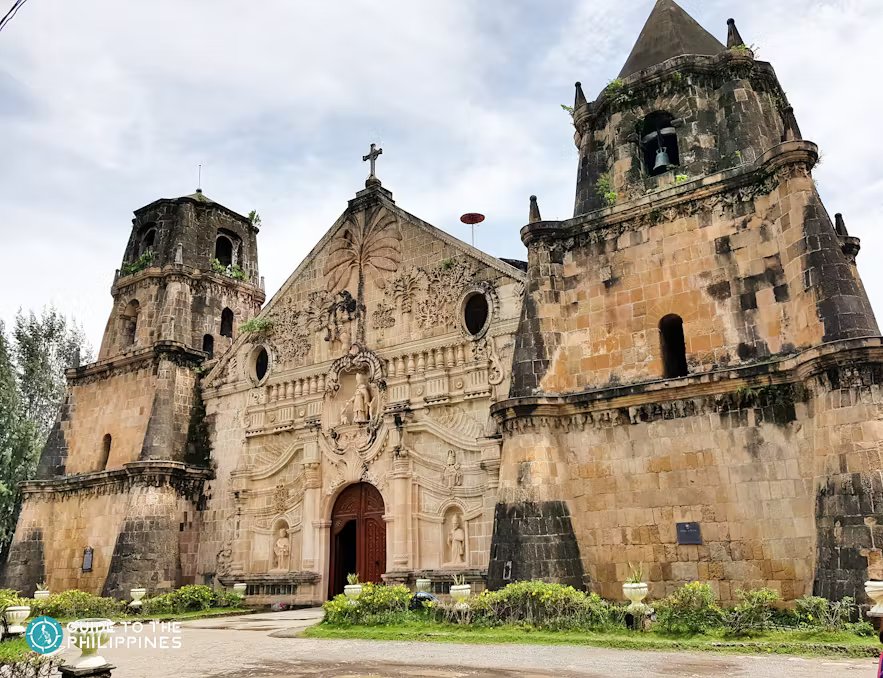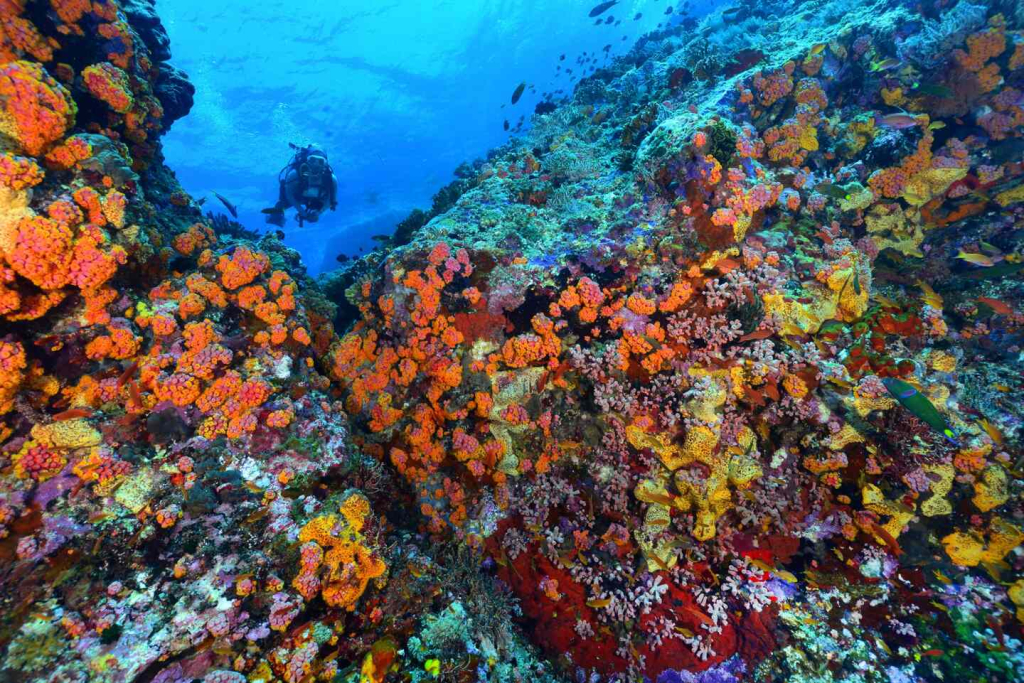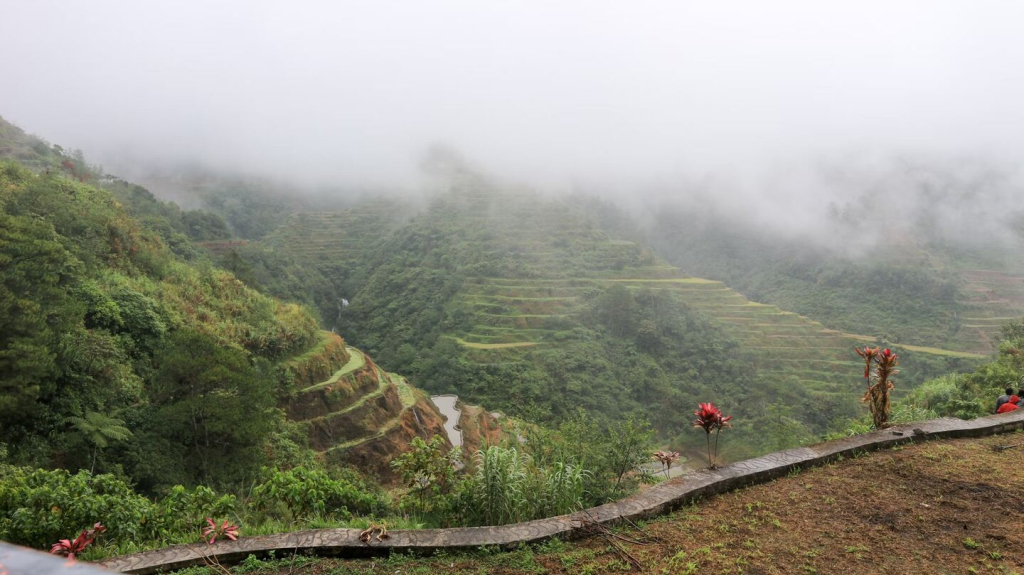Have you ever dreamt of witnessing the architectural marvels of the ancient world or marveling at the breathtaking beauty of a natural wonder? Our planet is blessed with abundant cultural and natural treasures, some so exceptional they’ve been designated World Heritage Sites by UNESCO. But with increasing travel opportunities, a critical question arises: how can we explore these wonders responsibly, ensuring their preservation for generations to come? This blog delves into responsible tourism and its role in safeguarding World Heritage Sites. Get to know the importance of cultural and natural heritage, the power of education and collaborative efforts, and successful initiatives demonstrating responsible tourism’s positive impact.
Responsible Tourism

The world is a treasure trove of cultural and natural wonders, some so exceptional they’ve earned the prestigious title of World Heritage Site. Designated by the United Nations Educational, Scientific and Cultural Organization (UNESCO) World Heritage Committee, these sites hold “Outstanding Universal Value” (OUV) to humanity. This recognition goes beyond stunning visuals; it signifies the cultural or environmental significance a site holds for the entire world.
But with great recognition comes great responsibility. Unmanaged tourism can threaten the very things that make these World Heritage Sites special. This is where responsible tourism steps in. It’s a travel philosophy that ensures our enjoyment of these wonders doesn’t come at the cost of their preservation.
Understanding Unesco World Heritage Sites: Cultural and Natural Heritage
The UNESCO World Heritage List
The UNESCO World Heritage List is a remarkable testament to humanity’s achievements and the wonders of our planet. Established under the 1972 World Heritage Convention, it recognizes and raise awareness on cultural and natural sites that have “Outstanding Universal Value” (OUV) to humanity. These sites transcend national borders, representing the tapestry of human history and the irreplaceable wonders of nature that we all share.
Cultural Heritage

These sites represent the history, traditions, and artistic expressions of humanity. From iconic historic sites like the Great Wall of China to ancient cultural centers like Machu Picchu, protecting cultural heritage is crucial for understanding our past and fostering cultural exchange.
Archaeological Sites
These remnants of past civilizations, like the ruins of Angkor Wat in Cambodia or the ancient city of Petra in Jordan, tell stories of lost empires and forgotten cultures. Protecting these sites allows us to unlock the secrets of our history and understand the evolution of human societies.
Historic Towns and Cities
From the medieval architecture of Prague to the bustling souks of Marrakech, historic towns and cities offer a glimpse into traditional ways of life and architectural styles that have shaped civilizations. Protecting them ensures we don’t lose these tangible links to the past.
Religious Sites
From the awe-inspiring Taj Mahal to the serene temples of Kyoto, religious sites embody various faiths’ spiritual traditions and artistic expressions. Protecting these cultural treasures fosters interfaith understanding and preserves the richness of human belief systems.
Natural Heritage

Breathtaking natural wonders designated as world heritage sites
World Heritage Sites are locations that hold significant cultural or natural importance, as recognized by the United Nations Educational, Scientific and Cultural Organization (UNESCO). While many of these sites are man-made structures, such as the Great Wall of China or the Taj Mahal, there are also many breathtaking natural wonders that have been designated as world heritage sites. These natural sites, like the Great Barrier Reef and the Grand Canyon, are recognized for their exceptional environmental significance and their role in preserving unique biodiversity and ecological processes.
The Great Barrier Reef, for example, is the largest coral reef system in the world, stretching over 2,300 kilometers along the coast of Australia. It is home to a vast array of marine life, including over 1,500 species of fish, 600 types of coral, and numerous endangered species like the green sea turtle and the dugong. The Grand Canyon, on the other hand, is a massive geological formation in the United States that has been carved out by the Colorado River over millions of years. It boasts a unique combination of geologic, biologic, and cultural resources, with over 1,500 plant species, more than 350 bird species, and evidence of human habitation dating back thousands of years.
Protecting these natural world heritage sites is crucial as they play a vital role in ensuring the well-being of our planet for generations to come. They provide invaluable ecosystem services, such as carbon sequestration, water purification, and climate regulation. They also serve as natural laboratories for scientific research, allowing us to better understand the complex interactions between species and their environment. By safeguarding these sites, we can ensure the continued existence of unique and invaluable ecosystems and promote sustainable development for the benefit of all.
Biodiversity Hotspots
Natural heritage sites are areas of land that possess cultural, historical, or natural significance. They often contain unique ecosystems that support various forms of plant and animal life. These sites are crucial for maintaining global biodiversity, as they serve as havens for rare and endangered species. For instance, the Galapagos Islands are a prime example of a natural heritage site that boasts a high level of endemic species – that is, species that are found nowhere else on Earth. The islands are home to unique and diverse flora and fauna, including giant tortoises, marine iguanas, and various bird species. Protecting these areas is vital to ensure that these species survive and thrive for generations to come.
Ecological Processes
Natural heritage sites are scattered throughout the world, each showcasing the ongoing geological and ecological processes that shape our planet. These sites range from Hawaii’s volcanic landscapes to the vast wetlands of the Everglades. They not only provide us with breathtaking natural beauty but also offer valuable insights into the Earth’s natural systems. Studying and protecting these sites allows us to understand how the Earth works and how it has evolved over time. For example, by analyzing the volcanic landscapes of Hawaii, we can learn about the formation of volcanoes, the movement of tectonic plates, and the impact of volcanic eruptions on the surrounding environment. Similarly, the wetlands of the Everglades provide a unique opportunity to study the complex interactions between water, soil, and plants, which are vital to maintaining a healthy ecosystem. Preserving these natural heritage sites is crucial for the future of our planet. These sites are not only important for scientific research but also for the enjoyment and education of future generations. By protecting them, we ensure that we can continue to learn from them and appreciate their beauty for years to come.
Scenic Landscapes
The World Heritage List is a prestigious and internationally recognized list that acknowledges the incredible beauty of unique and exceptional natural formations from around the world. These natural wonders include awe-inspiring landscapes like the Grand Canyon in the United States and the limestone formations of Ha Long Bay in Vietnam.
These exceptional landscapes are not only visually stunning, but they also provide opportunities for recreation and adventure, allowing visitors to immerse themselves in the natural world and experience the beauty of nature up close. From hiking and camping to boating and snorkeling, these natural wonders offer a range of activities for visitors to enjoy. In addition to providing recreation opportunities, these natural formations also inspire a sense of wonder and appreciation for the natural world. They remind us of the power and beauty of nature and the importance of preserving and protecting these natural wonders for future generations to enjoy.
The Role of Responsible Tourism: How to Protect World Heritage Sites

Responsible tourism plays a vital role in safeguarding these irreplaceable treasures. Here’s how:
Education and Awareness
Visitor education programs are crucial. By informing tourists about a site’s cultural or environmental significance, we can foster respect and encourage responsible behavior. Imagine visiting the ancient city of Machu Picchu, not just snapping photos but understanding the ingenuity of the Inca civilization that built it on such a dramatic mountaintop. Promoting sustainable tourism practices like minimizing waste generation, respecting local customs, and following designated trails empowers tourists to become stewards of these sites, not just visitors. Educational programs can range from informative signage and guided tours to interactive exhibits and workshops that allow tourists to experience the culture or environment firsthand.
Promoting Sustainable Tourism
Sustainable tourism practices go beyond individual actions. Tourism operators have a responsibility to minimize their environmental impact and protect cultural heritage. This can involve using eco-friendly transportation options, supporting local businesses and accommodations, prioritizing sustainability, and implementing responsible waste management practices. Governments can also play a role by encouraging sustainable tourism development, such as investing in infrastructure that reduces congestion and promotes alternative transportation options near World Heritage Sites. By working together, all stakeholders can ensure tourism benefits both local communities and the cultural and natural heritage we seek to protect.
Collaborative Conservation Efforts
Sustainable tourism requires international cooperation. Partnerships between governments, NGOs like the World Conservation Union (IUCN), and local communities are essential. Local communities hold invaluable knowledge about the heritage sites, having lived alongside them for generations. Their traditional practices often hold valuable insights for sustainable management. Including them in decision-making ensures their cultural heritage is protected and tourism benefits their communities directly. The IUCN, for example, works with governments and local communities to develop conservation plans for World Heritage Sites, ensuring a balance between tourism development and environmental protection.
Protecting World Heritage Sites for the Future
Several successful initiatives showcase the power of responsible tourism. For example, the Ifugao Rice Terraces in the Philippines demonstrate how tourism can support local communities while promoting sustainable farming practices that protect the terraces’ unique cultural landscape.
However, challenges remain. Overtourism, infrastructure development, and climate change threaten World Heritage Sites. Addressing these challenges requires ongoing international cooperation and a commitment from all stakeholders—governments, NGOs, local communities, and tourists alike.
By embracing responsible tourism, we can ensure the preservation of these cultural and natural wonders for future generations. Let’s explore the world responsibly, leaving only footprints and taking only memories.

Celebrate Life’s Milestones in Camella!
Make unforgettable memories in a Camella home.
Our communities are designed to elevate your living experience.


